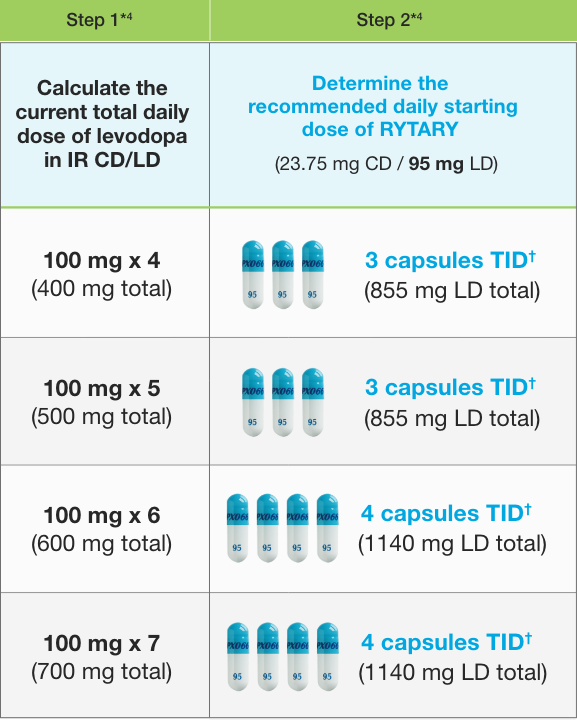Rytary Savings Card: A Path to Affordability for Parkinson’s Patients
In the realm of healthcare, access to medication is a critical factor, especially for patients managing chronic conditions such as Parkinson’s disease. Affordability often stands as a barrier between patients and the treatment they need. However, pharmaceutical companies have increasingly introduced savings programs and discount cards to alleviate the financial burden on patients. One such initiative is the Rytary Savings Card, designed to make Rytary medication more accessible Rytary savings card to individuals facing Parkinson’s disease.
What is Rytary?
Rytary is a prescription medication primarily used to treat symptoms of Parkinson’s disease, including stiffness, tremors, muscle spasms, and poor muscle control. It is a combination of carbidopa and levodopa, which work together to replenish dopamine levels in the brain, mitigating the symptoms of the condition. Rytary is known for its extended-release formulation, providing patients with a steady dose of medication throughout the day, thereby offering better symptom control compared to immediate-release alternatives.
Understanding the Rytary Savings Card
Recognizing the financial strain many patients face in managing Parkinson’s disease, the manufacturer of Rytary introduced the Rytary Savings Card program. This initiative aims to reduce out-of-pocket expenses for eligible patients who are prescribed Rytary, thus enhancing access to this vital medication.
How Does the Rytary Savings Card Work?
The Rytary Savings Card operates as a prescription discount card, providing patients with savings on their medication purchases. Eligible individuals can present the card when filling their Rytary prescription at participating pharmacies. Upon presenting the card, patients may receive instant savings on their out-of-pocket costs, reducing the financial burden associated with obtaining their medication.
Who is Eligible for the Rytary Savings Card?
Eligibility criteria for the Rytary Savings Card may vary and are typically outlined by the pharmaceutical company. Patients are encouraged to review the specific requirements outlined by the manufacturer to determine their eligibility for the program. In many cases, individuals with commercial insurance may be eligible for the savings card. However, it is essential to verify eligibility status and any associated terms and conditions.
Benefits of the Rytary Savings Card
- Cost Savings: The primary benefit of the Rytary Savings Card is the potential for significant cost savings on prescription medication. By reducing out-of-pocket expenses, the savings card aims to make Rytary more affordable and accessible to patients in need.
- Improved Access: Financial constraints should not stand in the way of accessing essential medication. The Rytary Savings Card seeks to improve access to Rytary for individuals managing Parkinson’s disease, ensuring they can obtain the treatment they require without facing undue financial hardship.
- Convenience: The process of accessing savings through the Rytary Savings Card is relatively straightforward. Patients can simply present the card at participating pharmacies, allowing for seamless integration into the prescription fulfillment process.
Conclusion
For individuals living with Parkinson’s disease, access to effective medication is paramount to managing symptoms and maintaining quality of life. The introduction of savings programs such as the Rytary Savings Card represents a step forward in addressing the financial barriers that often accompany chronic conditions. By providing cost savings and improving access to Rytary, this initiative offers tangible support to patients in need, reaffirming the commitment of pharmaceutical companies to enhancing patient care and well-being.
As with any prescription savings program, it is crucial for patients to familiarize themselves with the specific details and eligibility requirements of the Rytary Savings Card. By leveraging such resources, individuals can navigate the financial aspects of managing their condition more effectively, ensuring that access to vital medication remains a priority in their healthcare journey.
